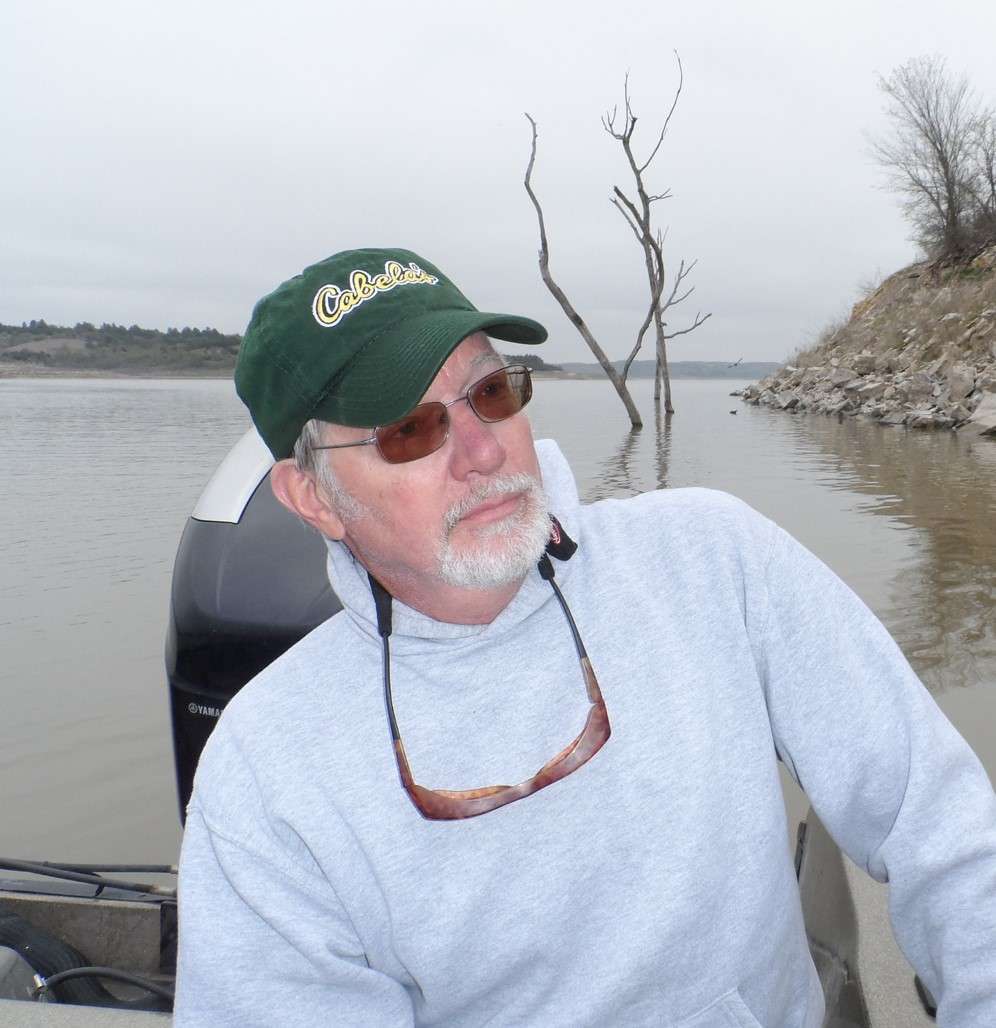By Ron Wilson, director of the Huck Boyd National Institute for Rural Development at Kansas State University.
Have you ever wanted a birds-eye view? Wouldn’t it be great to have a viewpoint from up high, to enable us to see over a fence or in the middle of a field? Today we’ll meet an amazing company which is using robotic aircraft to provide that aerial view. The results are helping this remarkable company to grow in rural Kansas.
Bret Chilcott is the owner and founder of AgEagle LLC, a pioneering company in robotic aircraft. Bret grew up in rural Kansas, on a Cowley County farm near Udall, population 786 people. Now, that’s rural.
“Growing up, I got paid by my dad and our neighbors for working on the farm,” Bret said. “But I blew all my money on flying lessons and model airplanes.” Maybe that was a sign of things to come.
Bret went to Cowley College and then to a career in the business world in Wisconsin. Eventually he wanted to get back to Kansas, so he came to Wichita and bought a hobby shop which sold and serviced radio controlled devices. He later went to work for Cessna and was then recruited to Cobalt Boats in Neodesha where he worked for 12 years.
While doing engineering at Cobalt Boats, he worked with composite materials. Then he started his own company in Neodesha, manufacturing composite parts for trucks and wind turbines.
One day one of his employees was reading the High Plains Journal. The employee saw an article about the work that Kansas State University was doing in unmanned aviation systems and suggested that Bret call K-State to see if the project needed composite parts. Bret did so, and the more he learned about this growing industry, the more excited he became.
He worked with K-State researcher Deon van der Merwe and others and came to believe that such technology could be commercialized for agricultural purposes. Based on the university science, he started to develop commercial applications of these ideas.
“We got so enthused about all this that we pivoted the entire company,” Bret said. He turned the company’s strategic focus toward the production and sale of robotic aircraft for agriculture.
“This is neither a drone, which is usually used for military applications and doesn’t come back – kind of like a drone bee – nor a UAV (unmanned aerial vehicle) which may go beyond the line of sight,” Bret said. “We produce robotic aircraft which always stay in line of sight.”
Bret built a prototype flying vehicle. “It was ugly,” he said with a smile. “We used gorilla tape and gorilla glue to hold it together.” But after he demonstrated how the aircraft could fly over fields and collect data, people started placing orders.
Bret’s new company was named AgEagle LLC. The company’s typical product consists of a flying wing which carries a near-infrared camera, a software system to handle the data, and a launcher to propel the robotic aircraft off the ground.
The launcher is a form of catapult which uses latex tubing. Once the robotic aircraft is loaded, a push of the button will launch it. “There are fancier launching systems out there, but we wanted something simple and functional,” Bret said.
The flying wing is battery-powered and is constructed of fiberglass, Kevlar, and carbon fiber materials. It is tailless, has a 56-inch wingspan, flies up to 40 miles per hour, and can cover 300 to 400 acres in 30 minutes. It typically flies up to 400 feet in the air.
The aircraft will take off at the push of a button, scan the field and land automatically. “No piloting skills are required,” Bret said. The camera captures infrared light from growing crops to indicate areas of stress, so producers can apply pest controls or nutrients precisely where they are needed.
For more information, go to www.ageagle.com.
Have you ever wanted a birds-eye view? AgEagle is making it possible. We salute Bret Chilcott of AgEagle for making a difference with innovative technology which is flying high.
And there’s more. AgEagle is benefiting farmers and the environment around the world. We’ll learn about that next week.




